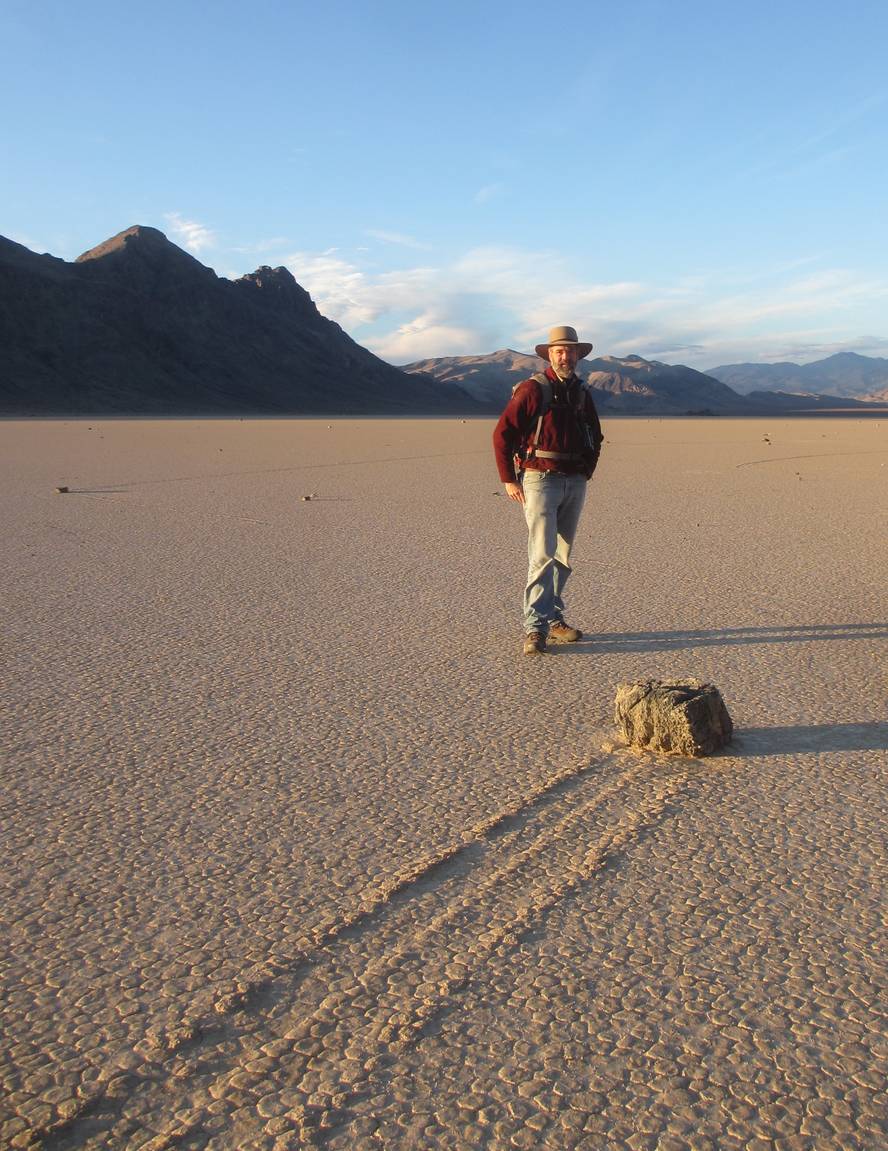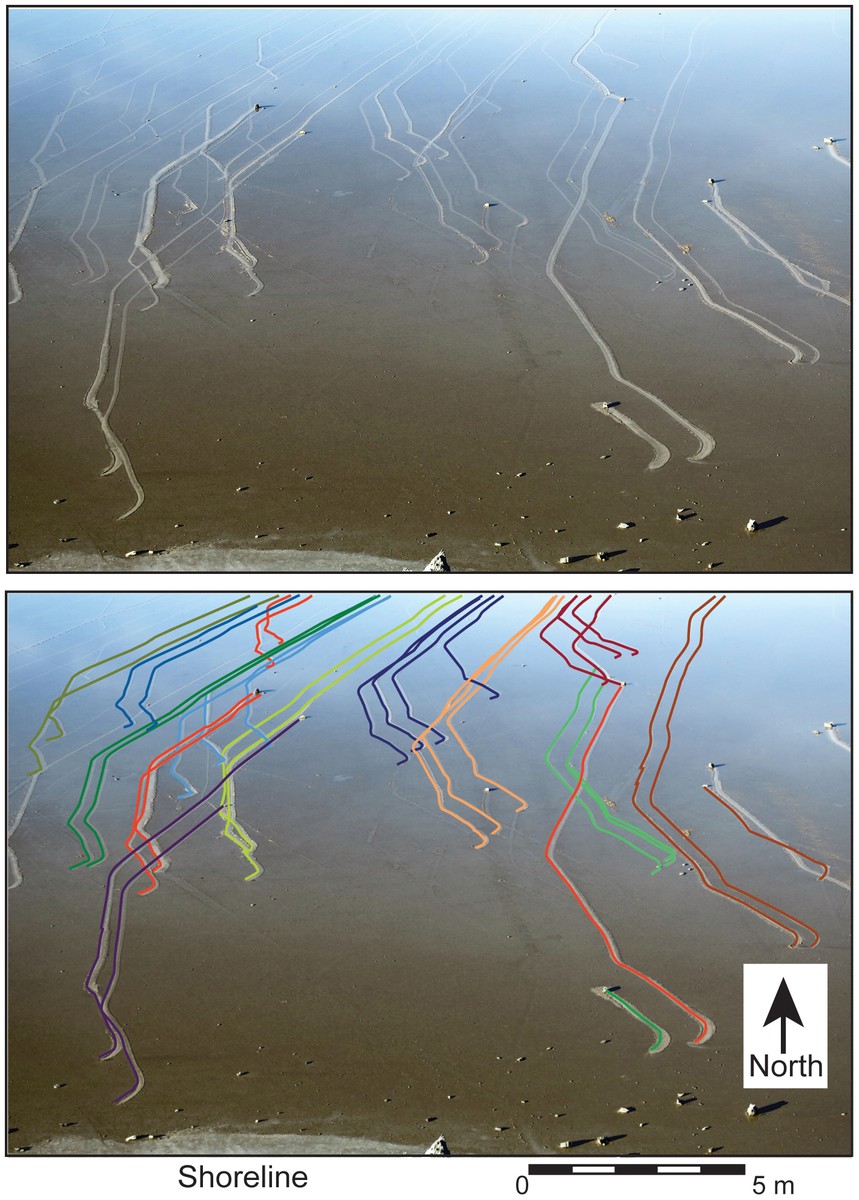The most boring experiment of all time solves the mystery of the rolling stones of the Death Valley

Among the states of California and Nevada, Death Valley's Racetrack Play is the world's most famous walking stones. Some of them are bowling that can be caught in the hand and others of stones of 300 kg. And from time to time they move, up to hundreds of meters, through that plain that was the bottom of a lake. The researchers tried to figure out why the stones were moving since the 1940s, and although they suspected that the land was produced when the land was wet and frozen, so far they have not managed to catch the moving stones.
Paleobiologist Richard Norris of the Scripps Institute of Oceanography in San Diego led an experiment that revealed the mystery. Several GPS devices were introduced into several rocks that were activated when moving and left on the Racetrack Play along with several weather stations. They did so in winter 2011, and then prepared to wait, perhaps for five years. In fact, stones move from time to time. That’s why he called “the most boring experiment of all time” what one of the members of the research team was doing. The fruits arrived earlier than expected. They only had to wait two years to see the stones move. And it also happened there.
It was in December 2013. The Racetrack Playa was then a well that at night was covered by a layer of ice due to very cold temperatures. At noon, the heat of the sun caused thaw. For in one of those days, when the ice broke there and here, the researchers saw how fine ice plates floated over the well would bulge the stones. You can see it in the following video (3:22-3:50):
No abrupt time
Unlike the hypotheses, no strong winds or large ice sheets were required to move the stones. On the contrary, the ice sheets of the glass width of the windows (3-5 mm) and the very weak winds (14-18 km/h) were responsible for the movement. Between December and January the phenomenon is repeated several times until the well dries. In fact, the characteristic remains of rocks moved on the ground were exposed.

According to the researchers, the movement is so slow, from 2 to 5 meters per minute, that it can hardly be detected visually, especially if the stones are moving at once and there is no stagnant reference point. That's why they think it's possible for someone to have seen it before without realizing it was happening. In any case, they stressed that the combination of weather conditions necessary to move the stones is very rare, so it is not uncommon that it has spent so much time to solve the mystery. The 2013 well, for example, lasted two and a half months, and it could be years since one was formed until the next one was formed. Therefore, the authors of the most boring experiment in the world are considered very fortunate. The results of the study have been published in the journal PlosONE.





